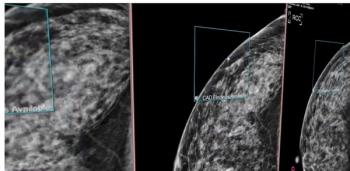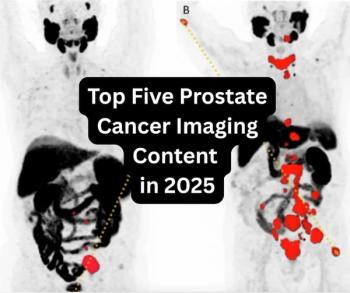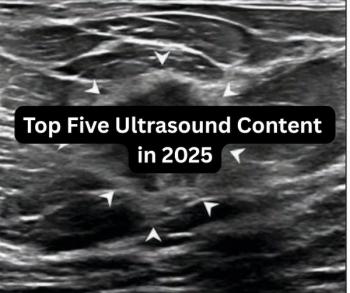
Diagnostic Imaging's Weekly Scan: September 28 — October 4
Catch up on the top radiology content of the past week.
Welcome to Diagnostic Imaging’s Weekly Scan, which offers an opportunity to catch up on the most well-viewed radiology content of the past week.
In a new study, published earlier this week in the American Journal of Roentgenology, researchers found that women, subspecialists and radiologists in non-academic settings had
In a new study recently presented at the 41st Congress of the European Committee for Treatment and Research in Multiple Sclerosis (ECTRIMS), researchers found that for patients with relapsing multiple sclerosis, switching from oral therapies to subcutaneous monthly administration of the anti-CD20 monoclonal antibody ofatumumab led to over
In comparison to false positives with unassisted radiologist interpretations of DBT exams,
In a new 38-study meta-analysis from Academic Radiology, researchers showed markedly higher sensitivity rates with the use of
In another interview with Diagnostic Imaging, Partho Sengupta, M.D., and Davinder Ramsingh, Ph.D., discussed recent research demonstrating the capability of
Watch the video summary below of Diagnostic Imaging’s Weekly Scan.
Newsletter
Stay at the forefront of radiology with the Diagnostic Imaging newsletter, delivering the latest news, clinical insights, and imaging advancements for today’s radiologists.




























